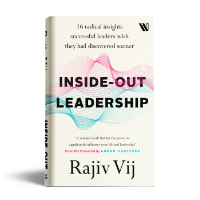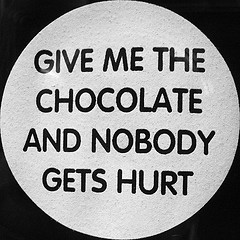
Anger is a strong feeling of annoyance, displeasure or hostility. Instigated by any number of triggers – someone cutting our lane on the freeway, a child not following our advice, the spouse saying something that appears hurtful, a colleague’s aggressively worded e-mail or somebody’s actions that simply appear unjust, it’s an emotional state that ranges from minor irritation to intense rage.
The temptation
We are easily tempted into anger. Often, the underlying factor bringing up anger is a sense of lack of control – a perceived threat to getting what we want. This temptation for control is rooted in our ego and in our attachment with specific outcomes.
Further, anger originates from the tempting belief that the real source of our unhappiness or provocation is entirely external to us and is hence targeted at an external object or person. It’s always someone else’s inappropriate behaviour that’s the cause of our anger. At least that’s how we rationalise our outbursts anyway!
Anger also resides in the conviction that a burst of aggressive energy aimed at the other person would improve the situation. The child would change his/ her ways, the subordinate would start behaving in a desirable manner and the spouse would listen to us more often.
Its toxic impact
Anger is an emotional illness and has some serious consequences for us. While small and occasional releases of cortisol can provide the body a quick burst of energy during emergencies, uncontrolled and frequent anger has a host of harmful effects on our personal and social well-being.
The physical effects of anger include increased levels of heart rate, blood pressure and breathing rate. Anger also activates the release of stress hormones, including adrenaline and cortisol, which in turn impair the ability of the brain to function optimally. Anger creates blood sugar imbalance and suppresses the body’s immune system.
When angry, we are unable to make judicious choices – in such a state, sometimes, we are indeed out of our mind! Further, after…




















